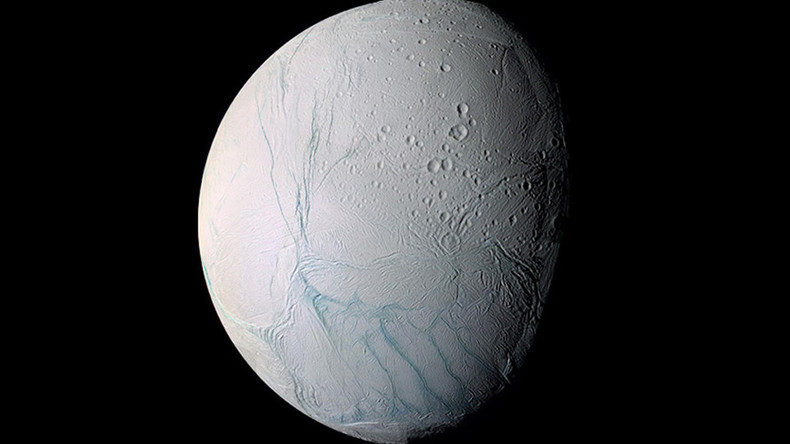
© Courtesy of the European Southern Observatory/M. Kornmesser.This is an artist’s impression of a supernova explosion.
It's the celestial equivalent of a horror movie villain-a star that wouldn't stay dead.
An international team of astronomers including Carnegie's Nick Konidaris and Benjamin Shappee discovered
a star that exploded multiple times over a period of 50 years. The finding, published by
Nature,
completely confounds existing knowledge of a star's end of life, and Konidaris' instrument-construction played a crucial role in analyzing the phenomenon.
In September 2014, the intermediate Palomar Transient Factory team of astronomers detected a new explosion in the sky, iPTF14hls.
The light given off by the event was analyzed in order to understand the speed and chemical composition of the material ejected in the explosion.
This analysis indicated that the explosion was what's called a type II-P supernova, and everything about the discovery seemed normal. Until, that is, a few months later when the supernova started getting brighter again.
Type II-P supernovae usually remain bright for about 100 days. But iPTF14hls remained bright for more than 600! What's more, archival data revealed a 1954 explosion in the exact same location.

© Adapted from Arcavi et al. 2017, Nature. Credit: LCO/S. Wilkinson.An image taken by the Palomar Observatory Sky Survey reveals a possible explosion in the year 1954 at the location of iPTF14hls (left), not seen in a later image taken in 1993 (right). Supernovae are known to explode only once, shine for a few months and then fade, but iPTF14hls experienced at least two explosions, 60 years apart.














Comment: Have you ever noticed the contrast between human technological development and human moral development?